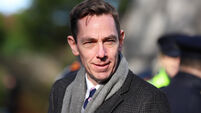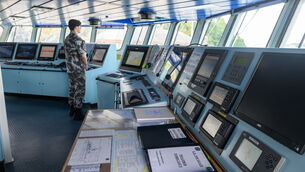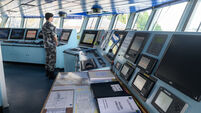Tourism sector says it is facing challenging 2008
A record number of overseas visitors came to Ireland this year but the growth rate was at “a more modest pace” than in previous years, said confederation chairman Dick Bourke.
While the outlook was promising, he said 2008 may be more fraught with danger than was usually the case because of the flux in global financial markets, a record oil price, worrying dollar weakness and recurring geopolitical tensions.
“Our industry has come a long way in the past 20 years, growing spectacularly from 2.5 million visitors in 1987 to almost eight million in 2007,”he said in his end-of-year review.
“With the trend towards shorter breaks, revenue is a more important indicator of performance than visitor numbers,” he pointed out.
While total overseas tourism revenue had grown from a little less than €3 billion in 2000 to about €4bn in 2007, there was concern that the average spend per overseas visitor (excluding transport) continued to decline in real terms.
Mr Bourke said some of the fall appeared to be attributable to a shorter average length of stay.
He said, while Ireland was easily accessible by air, rising oil prices and the decline of the dollar against the euro in the past five years had made Ireland a very expensive country for visitors from the United States.
Mr Bourke, however, remained confident that the industry would continue to enjoy modest growth.
He hoped the full introduction of Open Skies in early 2008, together with new gateways and increased capacity, would just about offset the dollar negativity.
But it would not be easy, he warned. “Given the substantial shift in direct air capacity from Shannon to Dublin, the west could clearly be a short-term loser with the full Open Skies implementation.”
Mr Bourke also warned the continued decline in a number of key areas in the sector threatened Ireland’s competitiveness in the years ahead.
Challenges not yet overcome included rising prices that made Ireland an expensive destination and the need for education and training.
Mr Bourke said he expected a small increase in the number of tourists from the US — about 2%, while the British market would remain static.
Most of the tourist growth, however, would come from continental Europe.












